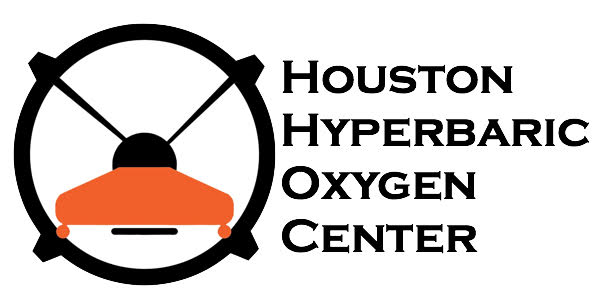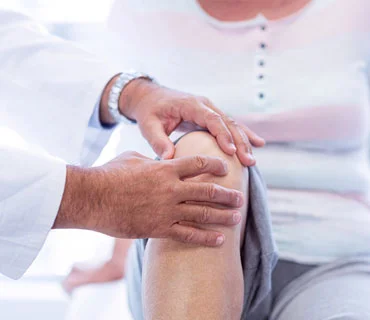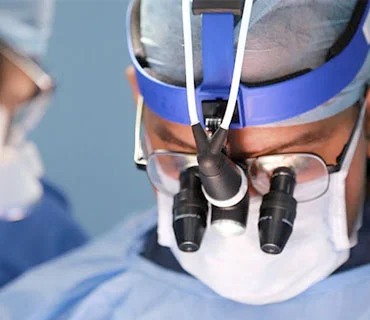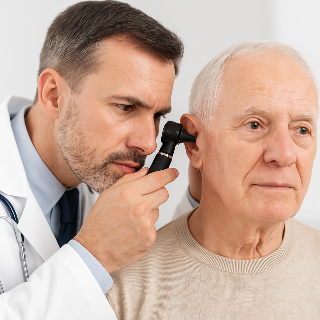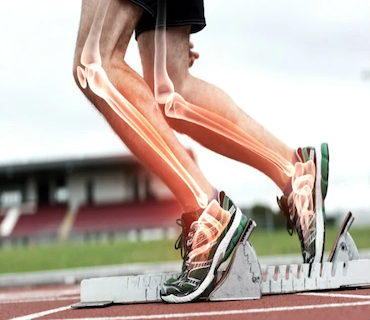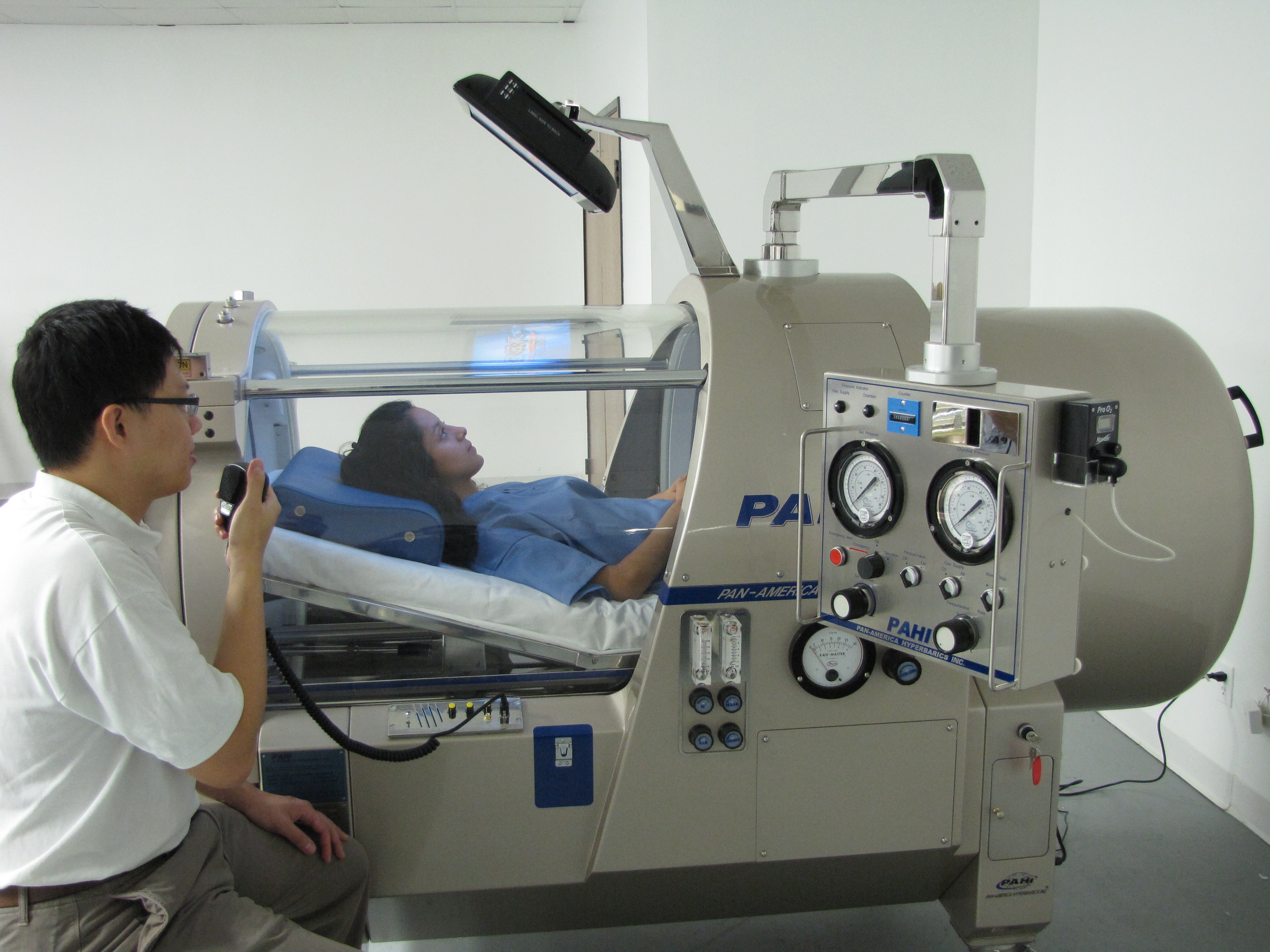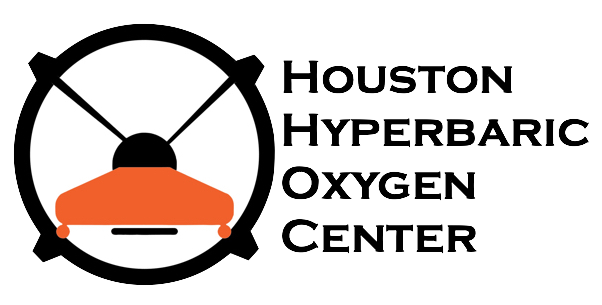Insurance Covered Indications
Wound Care
Wound healing is the number one use for hyperbaric oxygen therapy. HBOT has been proven to have dramatic results on the recovery speed, efficiency, and quality of wound healing, even in difficult environments or when combined with diabetic, hypothyroidism, or nicotine users.
Surgical Compications
Unfortantly, surgical compications are always a risk with surgery. However, HBOT has been proven to have dramatic results on the recovery speed, efficiency, and quality of wound healing, even in difficult environments or when combined with diabetic, hypothyroidism, or nicotine users.
Diabetic Ulcers
Insurance will cover wagner grade 3-5 diabetic ulcers that do not heal from standard wound therapy within 30 days. However, studies have shown that lesser grade ulcers see equal improvement after hyperbaric oxygen therapy.
Radiation Injury
Helps tissue and increases recovery rate and success that is in an unfavorable environment such as the bladder, a high sugar environment (diabetic), those on blood thinners, smokers, and others that have a higher chance with wound complications.
Osteoradionecrosis
Helps tissue and increases recovery rate and success that is in an unfavorable environment such as the bladder, a high sugar environment (diabetic), those on blood thinners, smokers, and others that have a higher chance with wound complications.
Radiation Cystitis
Radiation cystitis of the bladder has difficulty healing in the amonia rich environment and can be further complicated with blood thinners, diabetic, and smokers. HBOT helps increase the speed of the wound healing, stop painful spasms.
Crush Injury
Hyperbaric oxygen therapy can promote tissue healing, reduce swelling, and enhance the recovery process for crush injuries by delivering increased oxygen levels to damaged tissues.
Arterial Laceration
Hyperbaric oxygen therapy can assist in the healing of arterial lacerations by improving tissue oxygenation, promoting the growth of new blood vessels, and enhancing the overall recovery of the damaged artery.
Sudden Hearing Loss
HBOT can aid in the treatment of sudden sensorineural hearing loss by increasing oxygen delivery to the inner ear, reducing inflammation, and supporting hair cell recovery and auditory function.
Osteomyelitis
Therapy can aid in the treatment of osteomyelitis by increasing oxygen levels in infected bone tissues, supporting antimicrobial activity, and promoting tissue repair and regeneration.
Investigational Uses
Plastic Surgery
Creates stimulation of leukocyte microbial killing, the enhancement of fibroblast replication, increased stem cell production, and increased collagen formation and neovascularization of ischemic tissue.
Post COVID Symptoms
Studies show significant improvment in post COVID symptoms such as lack of taste, smell, headaches, brain fog, fatigue, insomnia. On average patients are being treated for 20-40 sessions.
Erectile Dysfunction
Helps tissue and increases recovery rate and success that is in an unfavorable environment such as the bladder, a high sugar environment (diabetic), those on blood thinners, smokers, and others that have a higher chance with wound complications.
Traumatic Brain Injury
A disruption in the normal function of the brain that can be caused by a bump, blow, or jolt to the head, or penetrating head injury
Anoxic Injury
Some of the improvements seen are in the mood, the frontal nature, cognitive abilities, motor functions, personalities, and interactions with those they are familiar with.
Stroke
Interruption or reduction of blood supply to part of your brain preventing brain tissue from getting oxygen and nutrients.
Sports Injury
HBOT is great at reducing inflammation and increasing the healing rate for sports injuries.
Treatments
These are some of the more common uses for HBOT that are not covered by insurance. However, some insurances will reimburse for HBOT so make sure to ask your insurance agent to see if they can help you. We also accept Workman's Comp.
These are some of the most common uses for HBOT, as well as some of the most studied indications for HBOT. Most insurances will cover for these indications and a couple others.
- Anemia or Blood Loss
- Air or Gas Embolism
- Carbon Monoxide Poisoning
- Compartment Syndrome
- Crush Injury
- Decompression Sickness (Bends)
- Diabetic Ulcers
- Gas Gangrene
- Interstitial Cystitis
- Intracranial Abscess
- Necrotizing Soft Tissue Infection
- Radiation Tissue Damage
- Osteomyelitis
- Thermal Burns
